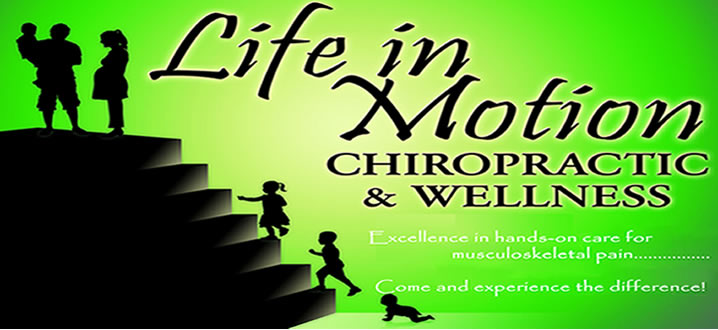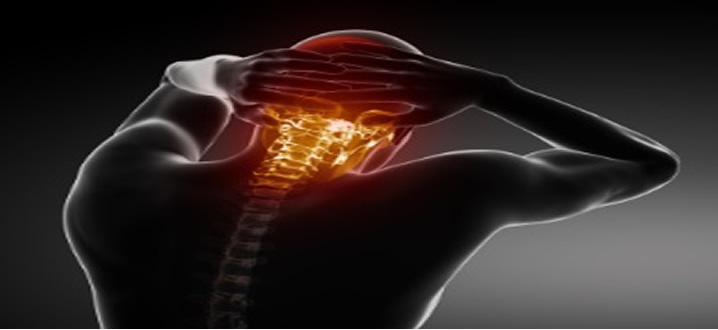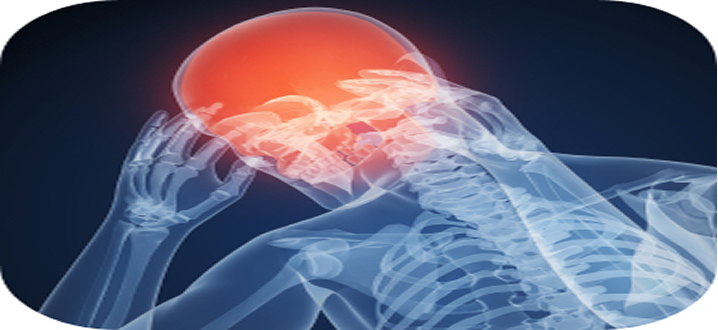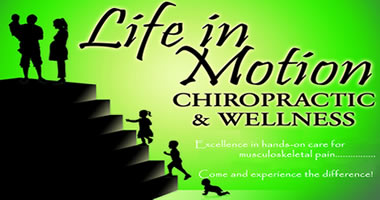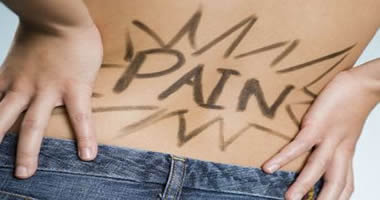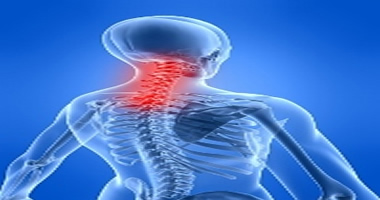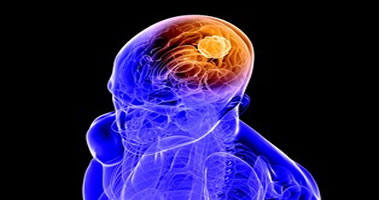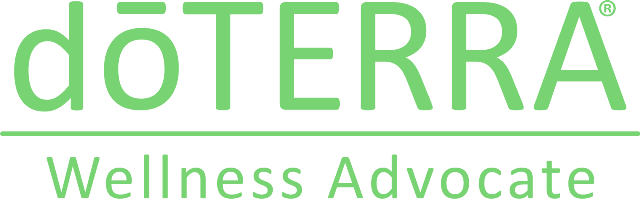Posture and Ergonomics Training
| Chiropractors Around Me that Educate Patients on Good Posture [Published on Aug 15, 2014] “As we age many of us develop bad posture habits. Why does that matter, because posture affects many physiological functions from breathing to hormonal production and poor posture can be a contributing factor in degenerative and chronic diseases." |
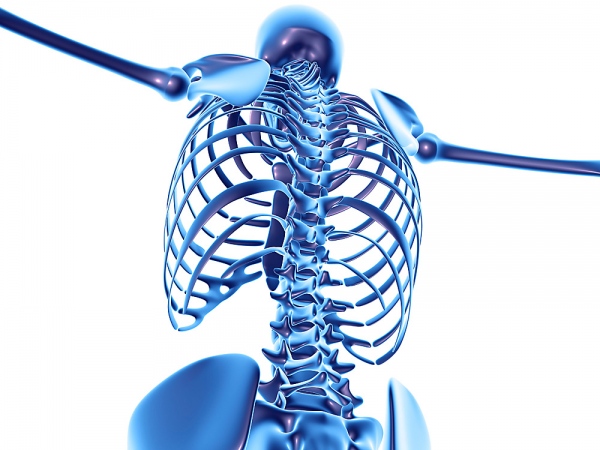
The spine has three primary functions:
- It allows for movement between the different parts of the body
- It bears the forces applied to it (i.e. gravity, backpack, carrying a child, posture)
- It protects the spinal cord and exiting nerve roots
The spine requires muscle force and ligament tension operating within a control system so that it can resist buckling upon application of force (i.e. stretch, compression, shear, torsion) and subsequently maintain equilibrium1 2 This task is carried out by three distinct, yet intertwined, parts:
1. Vertebrae, spinal joints and their capsules, intervertebral discs, and spinal ligaments make up the Passive Musculoskeletal System. These components produce information regarding spinal position, the load(s) placed on each vertebra, as well as the motion (or lack thereof) of each vertebra, and via transducers3 provide the Neural and Feedback System this information in real time.
2. The Active Musculoskeletal System produces the forces necessary to carry out activities of daily living while simultaneously providing the spine its required stability. This system consists of the muscles and tendons that surround the spine.
3. The Neural and Feedback System determines the exact necessities for spinal stability via transducers located in every ligament, tendon, muscle, and neural control center (spinal cord gray matter, brainstem, cerebral cortex, cerebellum, and basal ganglia) that measure the forces and motions induced in/on the body. This sub-system then uses that information to determine the appropriate individual muscle tensions within the active sub-system so that it can fulfill its part of the stability mission.
 |
Learn more about Spinal Anatomy ☜ HERE |
| Learn more about Vertebral Discs ☜ HERE | |
| Learn more about Spinal Ligaments ☜ HERE |
When functioning normally these three systems work interdependently4 with moment to moment awareness of the demands placed upon the spine (posture as well as fixed and ambulatory5 loads) to provide it with homeostatic biomechanical6 stability.
The average person is now asking him/herself, "Why is this information important to me?" Well this is the scientific reasoning behind why our mothers and grandmothers were continually harping about our need to "Sit/stand up straight". In-vitro7experiments conducted at Yale and UC San Francisco found that vertebral segments in the thoracic and lumbar spine(s) became mechanically unstable at loads of 4.5 pound-force (20N) and 20.2 pound-force (90N) respectively.8 9 The irony of this is that the normal everyday loads placed on the spine from body mass alone while standing are significantly larger (20-times greater) and even more so when carrying a backpack, purse, groceries, etc. The only reason these segments do not buckle under these forces is because of the musculature surrounding the spine and why mindful adherence to good ergonomics/posture is imperative in preventing back and neck injury/pain. Over time, the stress of poor posture can change the anatomical characteristics of the spine, leading to the possibility of constricted blood vessels and nerves, as well as problems with muscles, discs, and joints.10
Envision a standard broom, better yet find a broom and with one hand grip the end of the handle and lift the broom in the air until it's vertical. You will find a mechanically advantageous position once the broom is perpendicular to the floor; at this point holding the broom aloft is almost effortless. Anatomically this is considered "neutral position" a spinal posture in which the overall internal stresses in the spinal column and the muscular effort to hold the posture is minimal.11 Now tip the broom slightly in any direction and experience how heavy it becomes, how much stress it now places on the wrist and arm, and how difficult it becomes to hold aloft with one hand.12 This is equivalent to slouching, slumping, cradling a phone between your ear and shoulder, looking downward too often (text-neck); habits that over time expand the spine's "neutral zone" and are the precedent to back and neck pain, headaches, fatigue, and over time respiratory and major organ dysfunction due to decreased stature. In fact one study showed that height loss greater than or equal to 1.18 inches (3cm) “in older men is independently associated with an increased risk of all-cause mortality and coronary heart disease”.13
The spine’s "neutral zone" is the inner region of a joint's range of motion where minimal resistance to motion is encountered.2 To experience this directly take your thumb and first finger and grip the middle knuckle of one of the fingers on your opposite hand. Relax the gripped finger and begin to ever so slightly wiggle the finger back and forth. The slight motion you feel within that knuckle is the "neutral zone" which, as you've seen in this experiment, is restricted by the ligaments alone due to your voluntary removal of the active muscle forces that truly stabilize the joint. Poor posture and/or ergonomics stretch the spine's passive subsystem (spinal joint capsules, intervertebral discs, and spinal ligaments) beyond its elastic limits and over time induces microtrauma which results in expansion of the "neutral zone" altering the signals sent by the transducers to the neural/feedback system. This places increased demands on the surrounding musculature degrading motor control. Consequentially inappropriate muscle activation sequences occur during simple tasks (i.e. bending over to pick up a piece of paper) transferring the force of these actions to the vertebral disc.
The center of the vertebral disc contains the nucleus pulpous which is a gelatinous cushion that protects the vertebrae from the pressures applied to the spine. This cushion is surrounded by several layers of fibrocartilage known as the annulus fibrosis which resemble the rings seen inside the trunk of a tree. Unsustainable pressures applied to the disc over time due to poor posture/ergonomics will create tearing in these rings which results in disc bulging and eventually herniation if one's body mechanics/behaviors are not corrected.
| Lumbar Disc Herniation Animation [Published on Aug 8, 2014] Animated look at a low back disc herniation. |
| Articles and Videos to Enhance the Importance of Good Posture/Body Mechanics | |
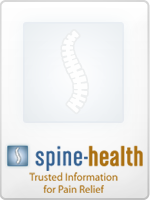 |
Good Posture Helps Reduce Back Pain |
| How Poor Posture Causes Neck Pain | |
| Ten Tips for Improving Posture and Ergonomics | |
| Spine Anatomy Interactive Video | |
| Herniated Disc Video | |
| Cervical Herniated Disc Video | |
| Lumbar Herniated Disc Video | |
| This information is not intended as a substitute for professional medical help or advice but is to be used only as an aid in understanding back pain. | |||
| (1) The ability to maintain the body's center of mass over a stable base of support |
| (2) Liebenson, Craig. Rehabilitation of the Spine – A Practitioner’s Manual. 2nd ed. Baltimore: Lippincott Williams& Wilkins, 2007. Print |
| (3) A biological entity that converts energy in one form to another, e.g. the rods and cones of the eye or the hair cells of the ear |
| (4) Relying on mutual assistance, support, cooperation, or interaction among constituent parts |
| (5) Walking or moving around, or done while walking or moving |
| (6) The study of body movements and of the forces acting on the musculoskeletal system |
| (7) (Experimental Biology) Conducted using components of an organism (part of or a dead specimen) |
| (8) Crisco JJ. The biomechanical stability of the human lumbar spine: experimental and theoretical investigation [Doctoral Dissertation], New Haven, CT, Yale University, 1989 |
| (9) Lucas DB, Bresler B. Stability of the ligamentous spine. Technical Report esr. 11 No. 40, Biomechanics Laboratory, University of California at San Francisco, The Laboratory |
| (10) Schubbe, John. "Good Posture Helps Reduce Back Pain." Spine-health: Trusted Information for Back Pain Relief. Spine-health.com, 17 May 2004. Web. 05 June 2014. <http://www.spine-health.com/wellness/ergonomics/good-posture-helps-reduce-back-pain>. |
| (11) Panjabi, Manohar M. "The Stabilizing System of the Spine. Part II. Neutral Zone and Instability Hypothesis." Journal of Spinal Disorders & Techniques 5.4 (1992): 390-96. Print. |
| (12) Weiniger, Steven P. Stand Taller ~ Live Longer: An Anti-Aging Strategy: 10 Minutes a Day to Keep Your Body Active and Pain-free. Alpharetta, GA: BodyZone, 2008. Print. |
| (13) S. Goya Wannamethee, PhD; A. Gerald Shaper, FRCP; Lucy Lennon, MSc; Peter H. Whincup, FRCP, PhD. "Height Loss in Older Men - Associations With Total Mortality and Incidence of Cardiovascular Disease." Arch Intern Med. 2006;166:2546-2552. Print. |
